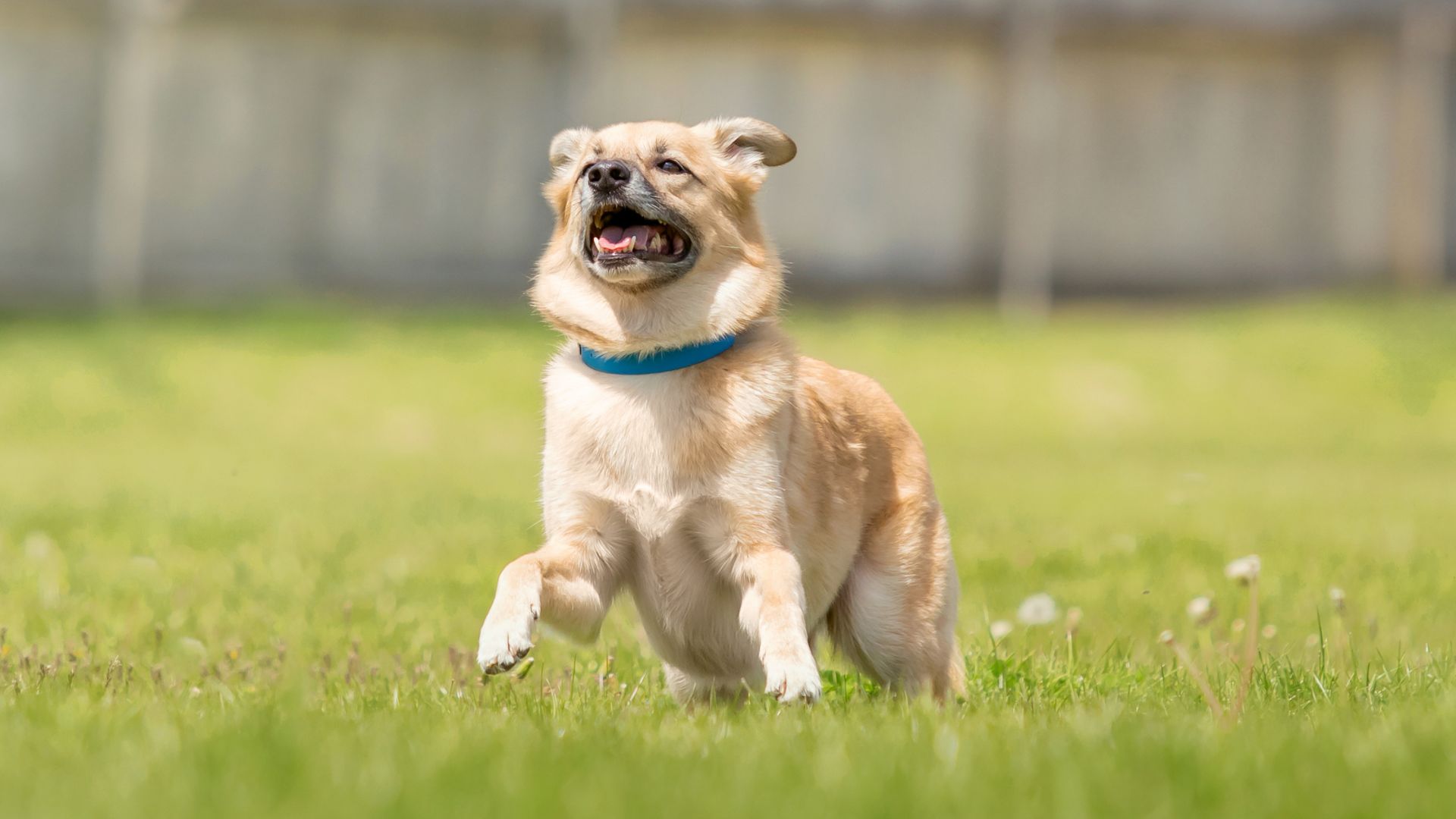Some dogs react to every sound, movement, or new face, not because they’re bad, but because they’re wired to notice everything, which is a sign of reactivity. Extremely reactive dog breeds are always “on,” which can make them vigilant protectors, expressive companions, or, at times, a bit overwhelming. Their heightened senses and alert minds make them incredible working dogs — but also demanding pets.
They’re not for everyone. These dogs do best with experienced, patient owners who can channel their reactivity into proper training, jobs, or focused play. With the right structure, they become loyal, sharp, and highly responsive companions.
Here, we’ll explore the most reactive breeds, why they behave the way they do, and how environmental factors can help them thrive in the right environment.
Extremely Reactive Dog Breeds
1. Belgian Malinois
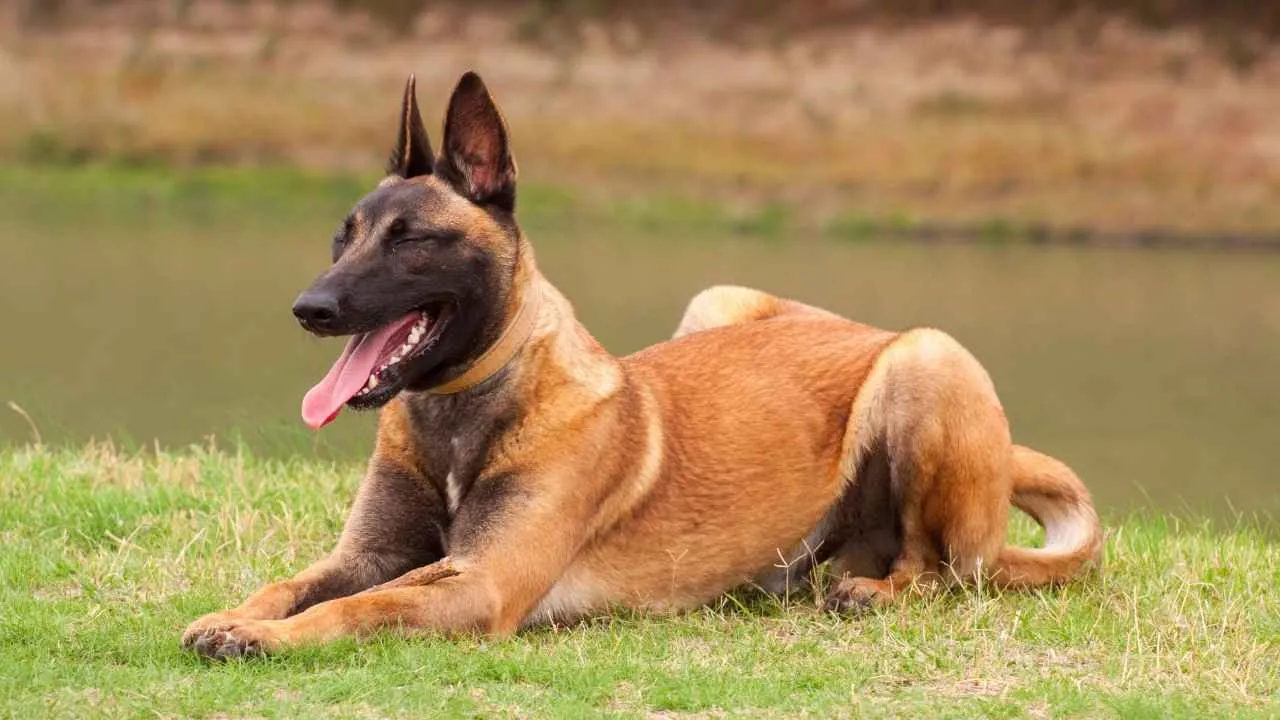
If there’s one breed that could give a superhero a run for their money, it’s the Belgian Malinois, especially for an active person. With their sleek coat, pointy ears, sharp minds, and boundless energy, these dogs are the caffeine of the canine world. Imagine having a personal bodyguard who is always 10 steps ahead of you. That’s your Belgian Malinois.
This intelligent dog is so reactive, it’s like they have built-in radar. They can sense a leaf falling from a tree 100 yards away, and their reaction is immediate—either alerting you or deciding that the leaf must be some form of alien invasion.
Whether it’s a squirrel darting across the yard or a delivery truck pulling up the driveway, a Malinois is always ready to spring into action.
According to Britannica, with sufficient exercise, the Belgian Malinois can become a well-mannered and calm house dog. However, without enough exercise and training, it can become extremely destructive and headstrong, particularly when it is young, possibly indicating underlying medical conditions.
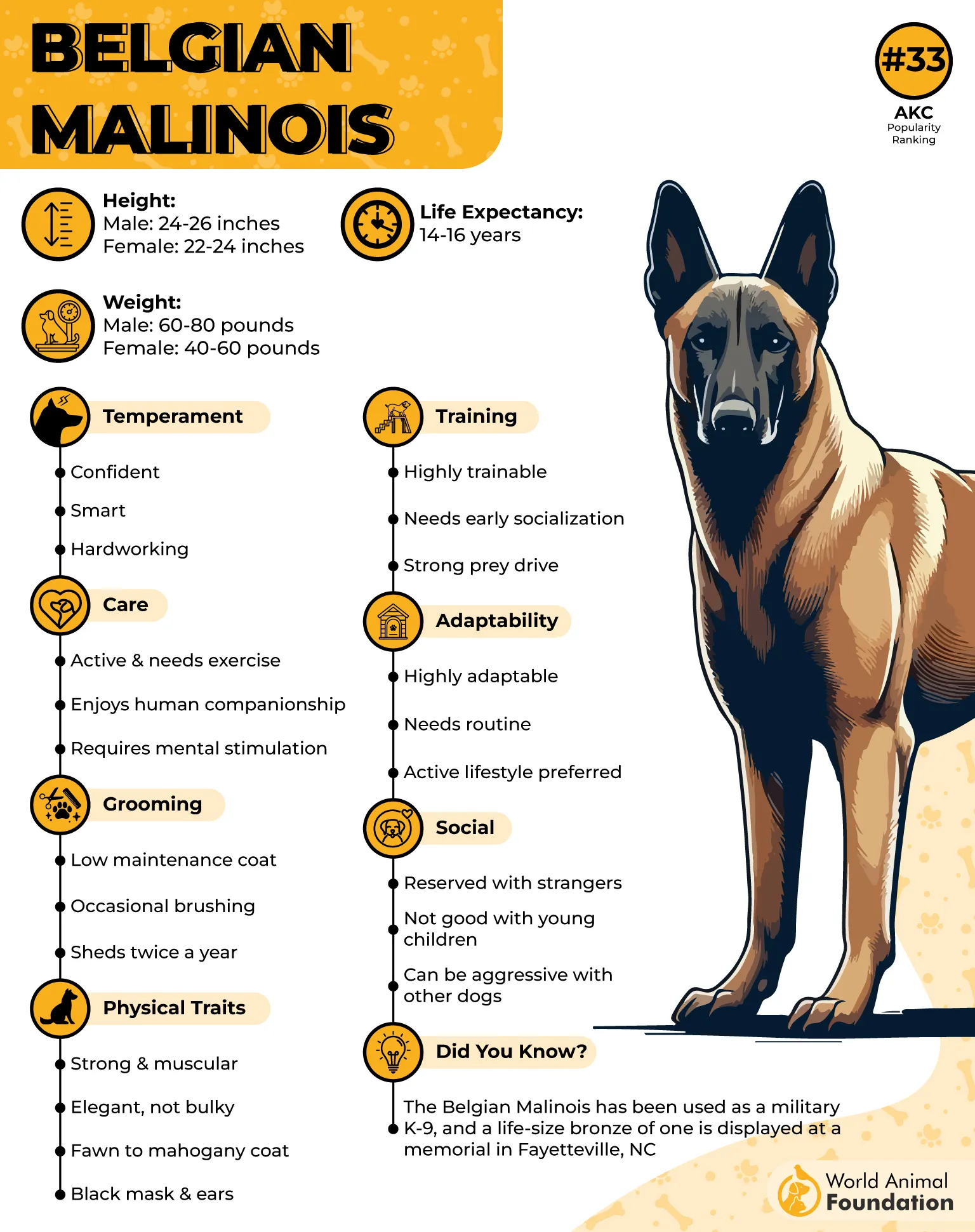
Fun Fact: A Belgian Malinois is often mistaken for a German Shepherd, but don’t be fooled! These healthiest dogs are more like that friend who’s always at the gym and knows exactly how to lift your spirits… and everything else in the house (hello, furniture).
Pro Tip: If you have a Belgian Malinois, consider wearing earplugs because their high-energy “alert barks” can be louder than a car alarm, but with positive association, they can learn to be quieter. They’re just doing their job, after all.
2. Rottweiler
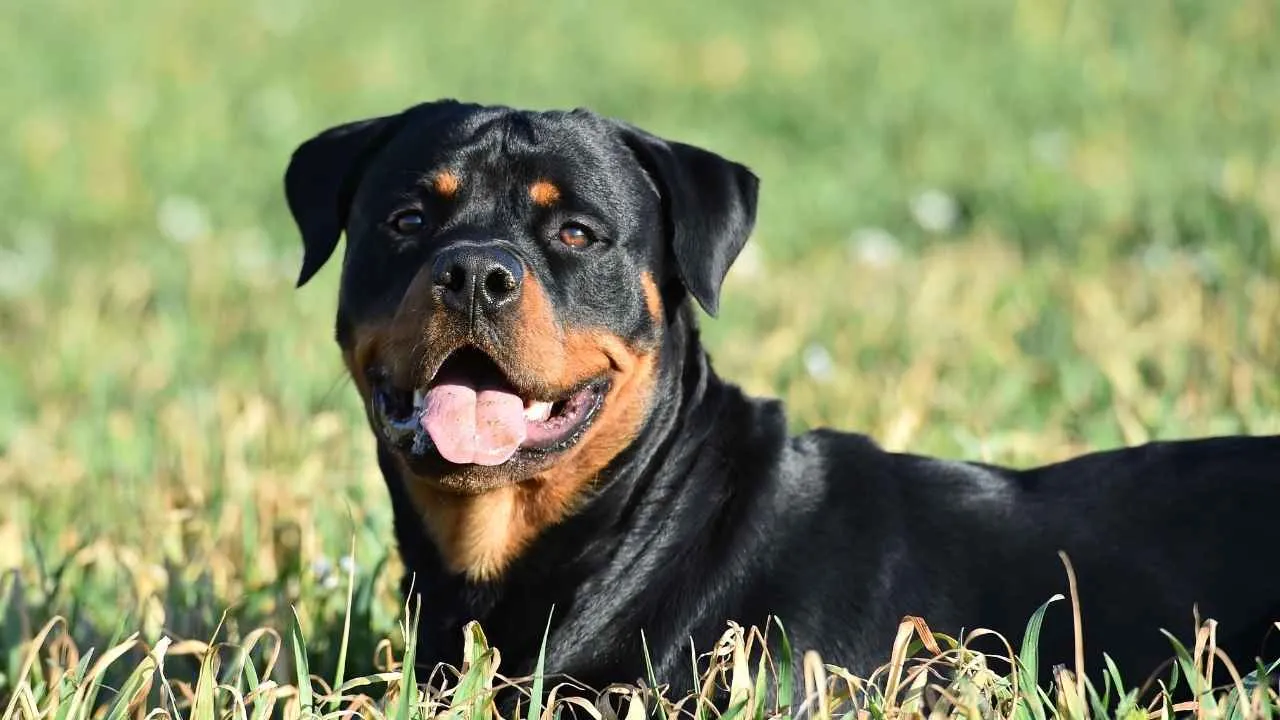
Rottweilers are like that reliable friend who insists on keeping their eye on everything. No detail escapes them. Need to take the trash out? Your Rottweiler will be watching, making sure you’re not planning any suspicious midnight adventures that could be seen as a perceived threat. A leaf drifting by? Instant attention. Someone walking by the house? It’s game on—prepare for a bark that could rival a foghorn.
Rottweilers have been revered for centuries as working dogs, guarding livestock and property with fierce loyalty. When they’re on duty, they’re all business—whether it’s defending their turf or alerting you to every passerby.

Their reactive behavior isn’t about excessive barking; it’s about an intense focus and commitment to their job. And let’s be honest, they do it with style. As per PetMD, you should begin socializing your Rottweiler puppy during the critical socialization period as soon as you bring them home and continue exposing them to new environments, people, and animals throughout their life to ensure they grow into a well-adjusted adult.
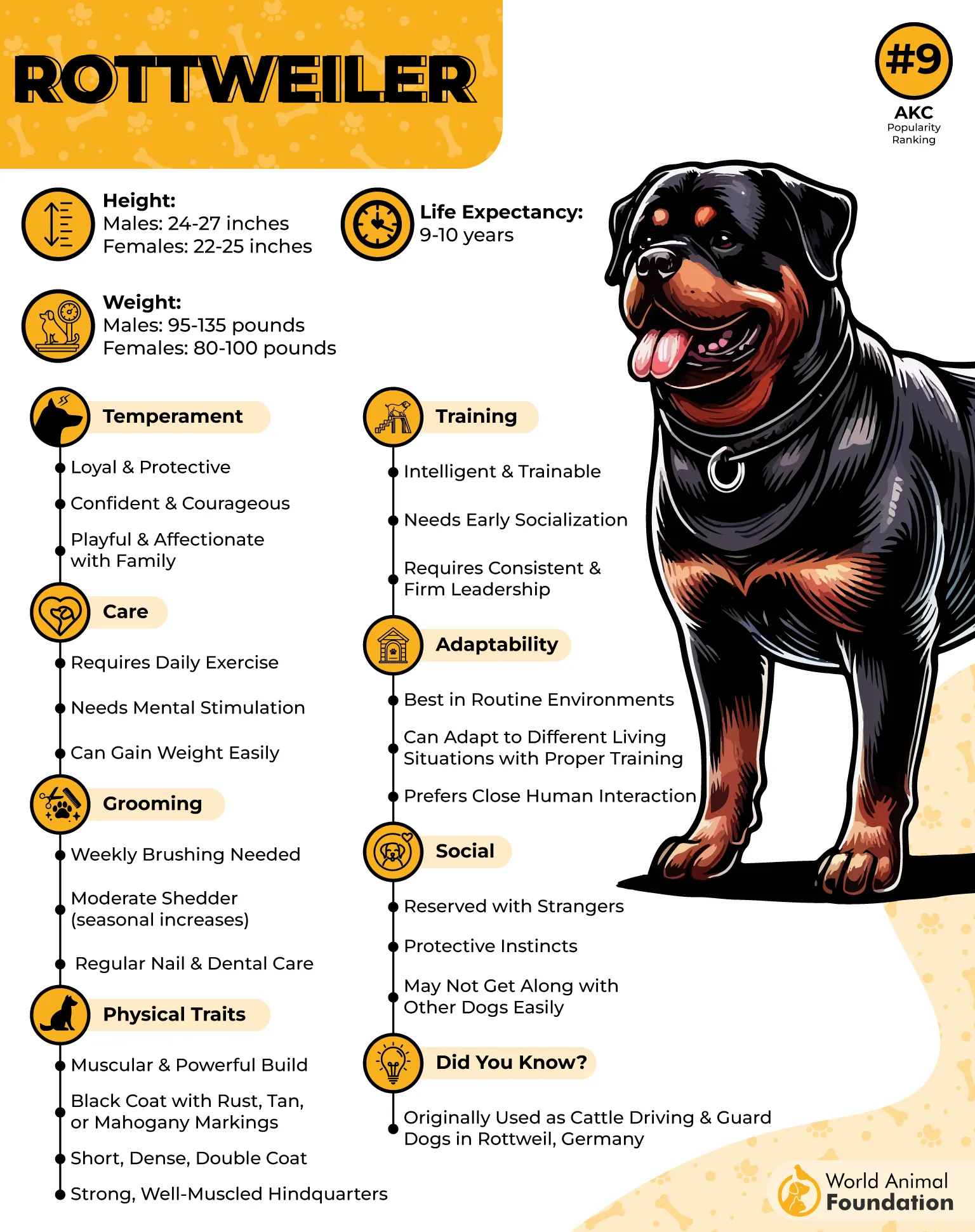
Fun Fact: Despite their tough exterior, Rottweilers are often just big ol’ cuddle bugs with the people they love. Get them to settle down after a bout of high alert, and you might just find yourself with a giant lap dog who wants nothing more than belly rubs.
Pro Tip: When your Rottweiler is in reactive mode, remember that it’s because they love you, and consider reactivity training to manage it. It’s not just the neighbors they’re barking at—it’s anyone who dares to come too close to their beloved human. Just don’t let that reaction spill over into a full-blown “let me out of the house” moment!
3. Akita

Meet the Akita: a majestic, larger-than-life breed with a temperament as intense as their size. These fluff balls are not just big in stature; they’re big in the “reactive” department too. With their wolf-like appearance and a deep, unwavering loyalty to their family, Akitas can react to anything that threatens their territory.
From a distant car approaching your driveway to the sound of a bird chirping in the yard, Akitas are always on high alert, ready to step into action at a moment’s notice. While these loyal dogs are not always in protective mode, don’t test them. They take their job as your bodyguard very seriously.
They’re the kind of dog that will give you that look, as if they’re calculating whether to respond to the situation with a subtle growl or a full-throttle bark. And trust me, if they decide it’s the latter, it’s a sound you won’t soon forget.
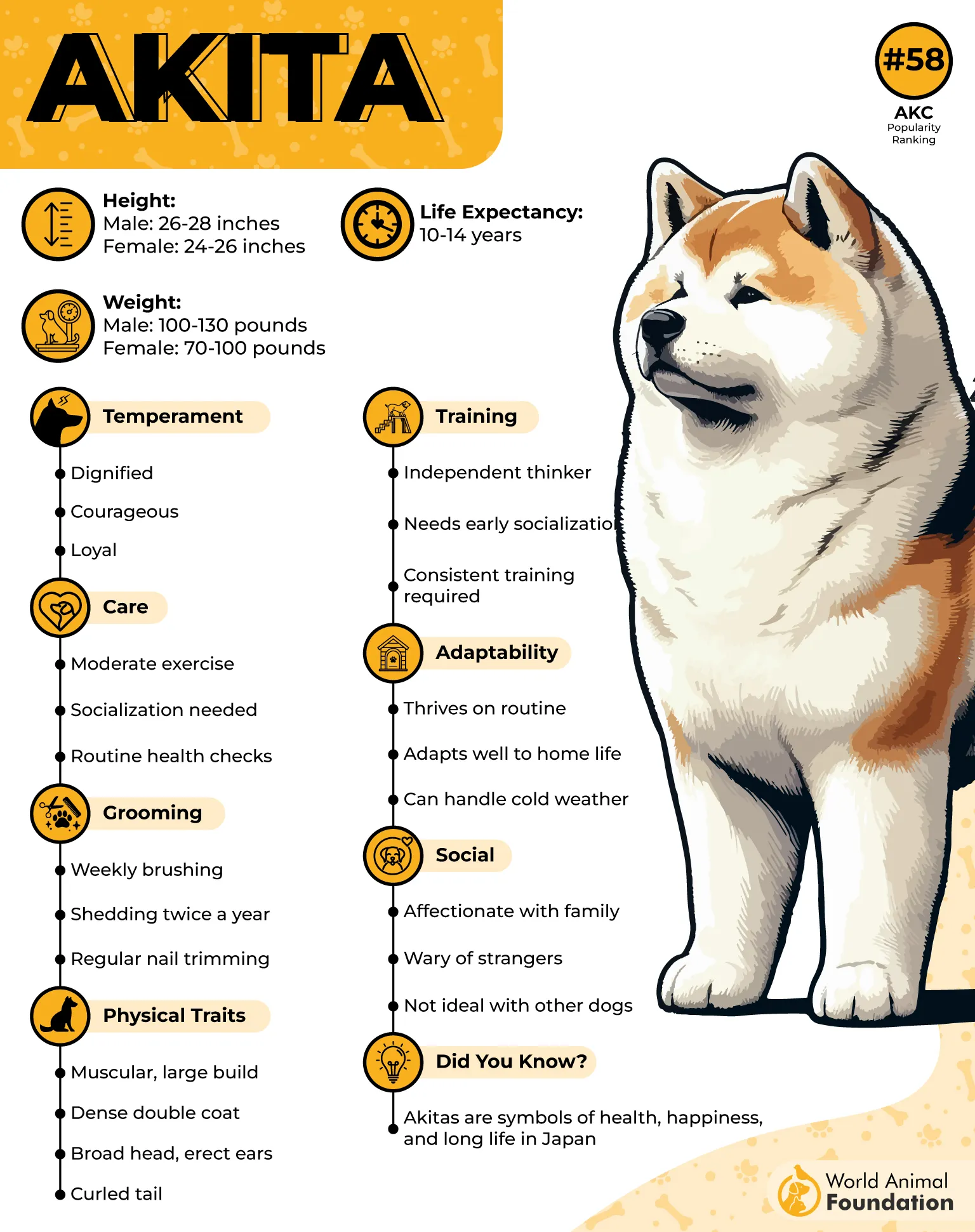
Fun Fact: Despite their protective nature, Akitas can be complete goofballs when they’re at home. They’ll happily curl up and demand belly rubs like the giant teddy bears they secretly are.
Pro Tip: An Akita’s reactivity can be managed with consistent training, but be prepared for a dog who’s as stubborn as they are loyal. They’ll need a firm, loving leader to keep their protective instincts in check.
4. Chihuahua
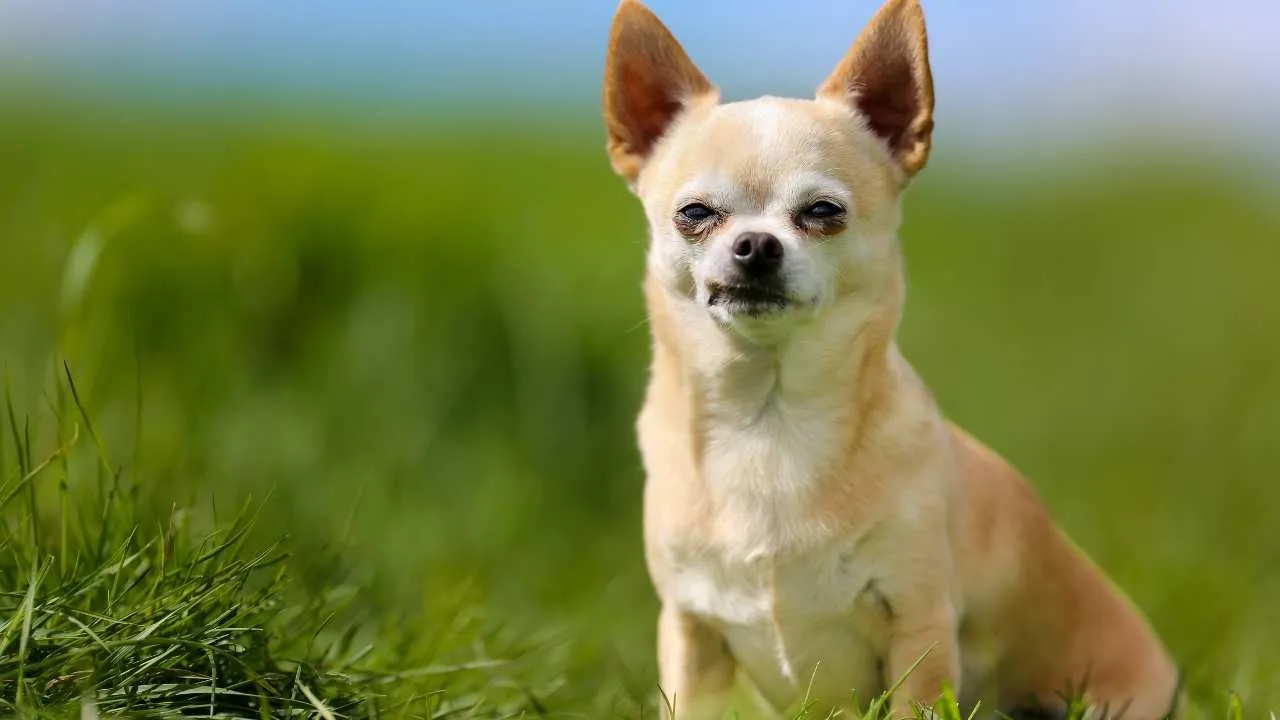
Don’t let their small size fool you—the Chihuahua is a massive reactor in a tiny package. These pint-sized pups have an outsized personality and a bark that can shake the walls.
The Chihuahua is one of the smallest dog breeds in the world, known for its big personality packed into a tiny body. Originating from Mexico, this breed is famous for its large ears, alertness, loyalty, and sass. Despite their petite size, Chihuahuas are confident and often act like much larger dogs, making them excellent watchdogs due to their loyal nature.
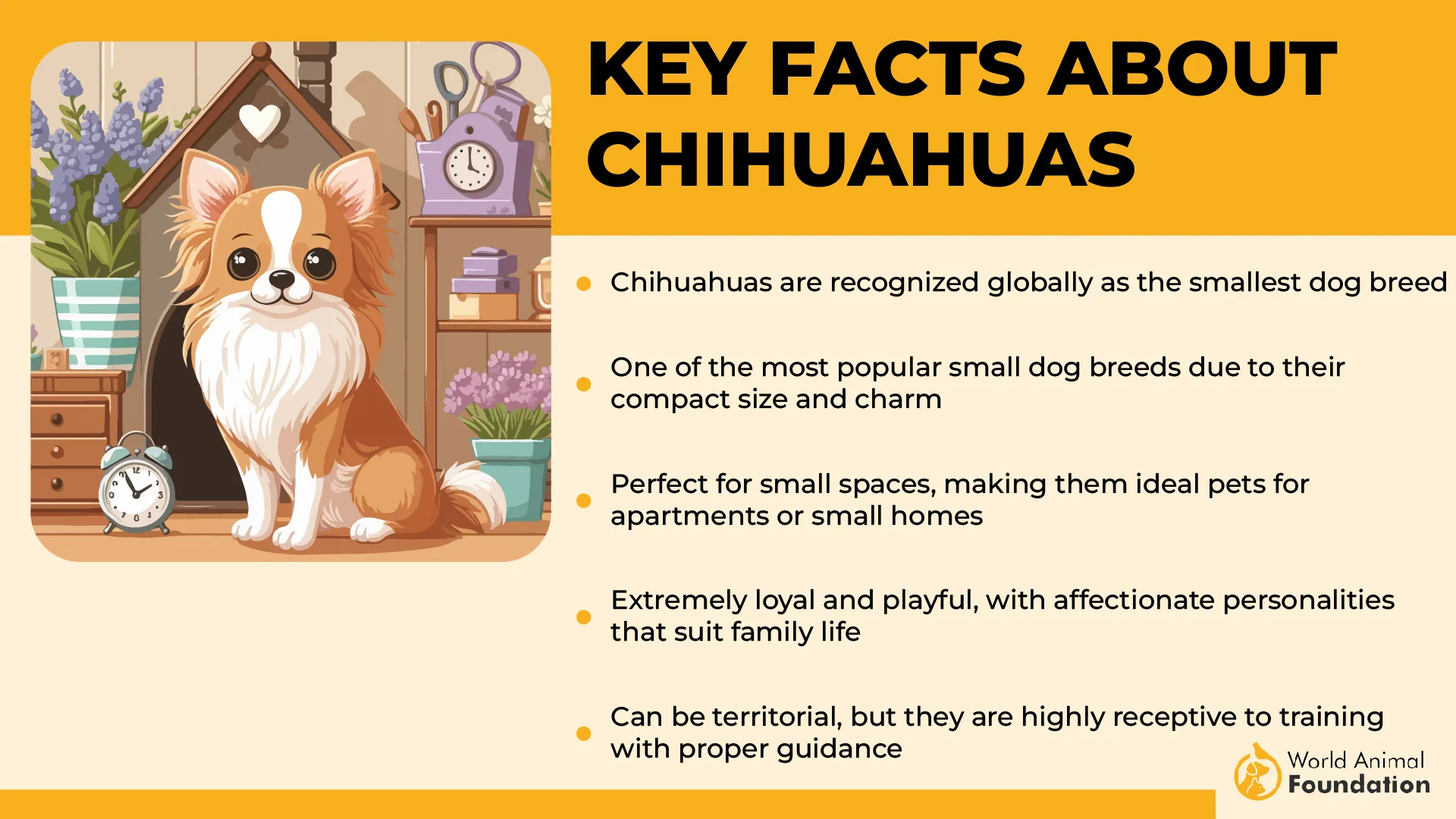
Chihuahuas are always on the lookout for potential threats, whether it’s a new person in the house, a passing squirrel, or even a shadow on the wall. Their response? Yapping at full volume and letting the world know they’re here to protect their turf.
But while they might act tough, Chihuahuas are more about big reactions than big risks. Their bark is louder than their bite, but they certainly won’t back down from anything that challenges their perception of “threat.”
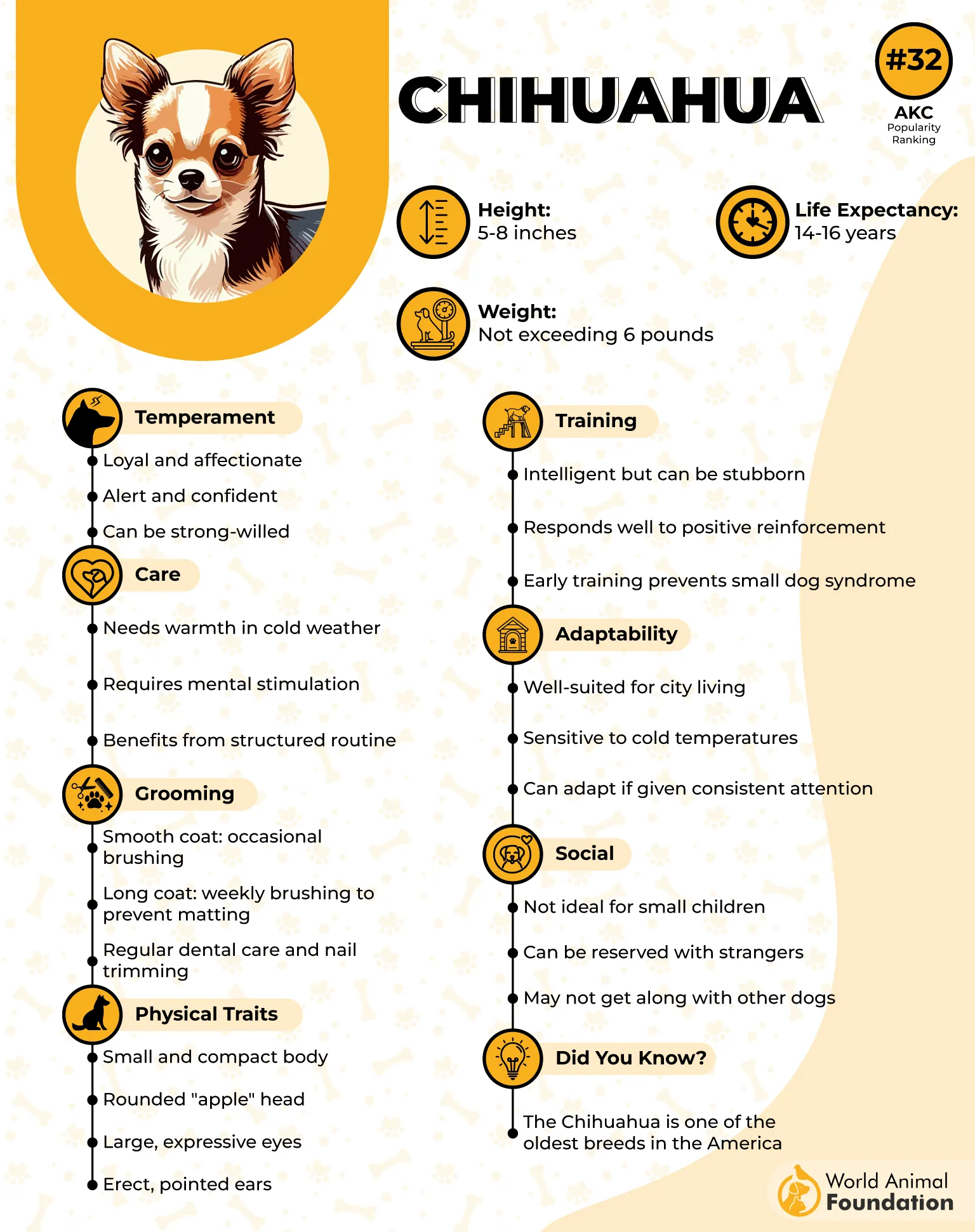
Fun Fact: Chihuahuas are known for their love of snuggling with their owners. So, if you’re not careful, you may find your reactive little warrior curled up on your lap for a nap, pretending like they’re not the toughest dog on the block.
Pro Tip: The secret to handling a reactive Chihuahua is giving them lots of attention and positive reinforcement. And maybe some earplugs for your neighbors. It’s only a matter of time before that barking becomes your problem.
5. Great Pyrenees
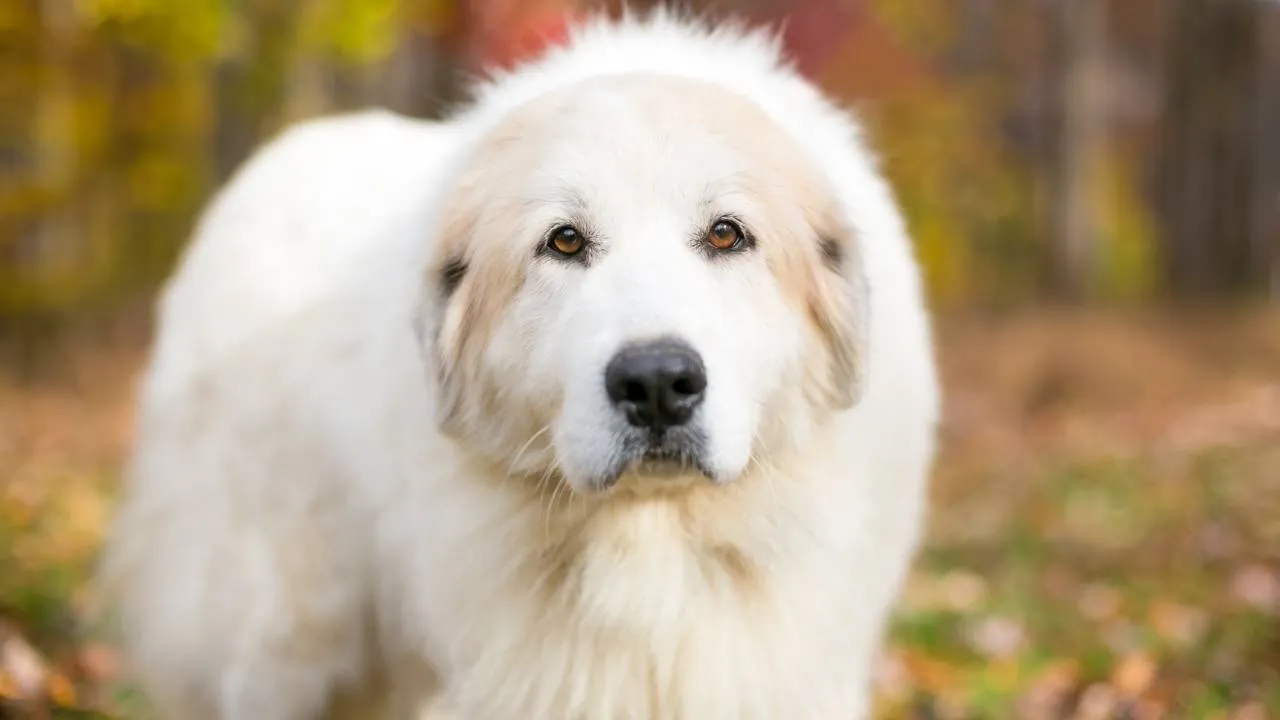
Now here’s a breed that brings a mix of elegance, size, and a whole lot of alertness: the Great Pyrenees, originally bred to guard livestock. These majestic, fluffy giants were bred to guard livestock, which means their reactivity is finely tuned to detect any change in their environment. While they might appear calm and serene, don’t be fooled—they’re always on the lookout for any intruder that dares to approach.
The Great Pyrenees is a big dog with a big heart, but they take their guarding job seriously. Their bark is low and deep, and when they react, it’s like the ground shakes beneath their paws. They’re not the fastest to jump into action like some other breeds, but when they do, it’s with purpose.
PetMD notes that while Great Pyrenees are not highly active dogs, they do enjoy roaming outside. It’s important to keep them within a securely fenced area to prevent them from wandering too far and getting lost.
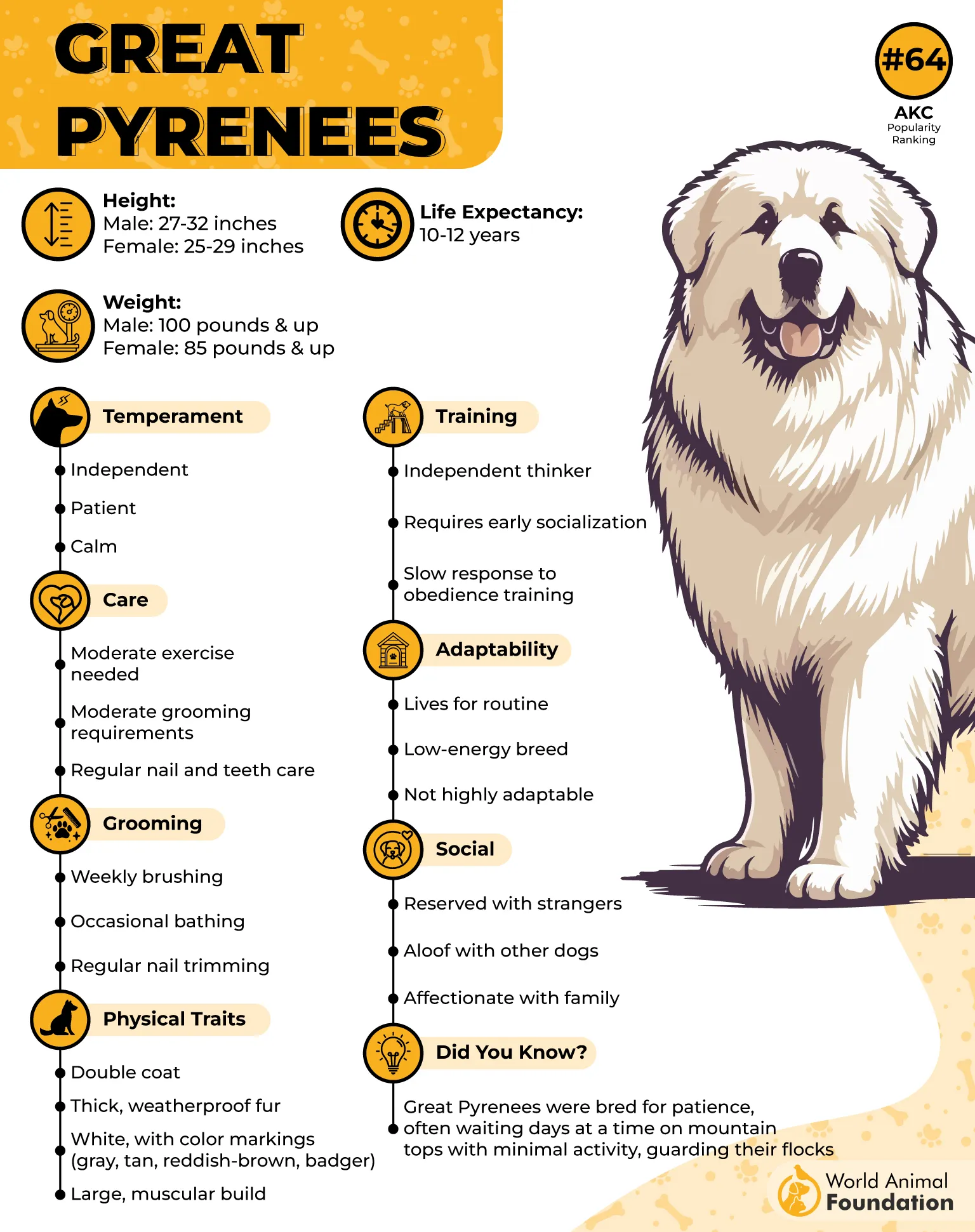
Fun Fact: Despite their serious guarding role, Great Pyrenees are often found lounging lazily on the couch, enjoying a cozy nap. When they do react, though, it’s as if their entire being is dedicated to making sure you’re safe.
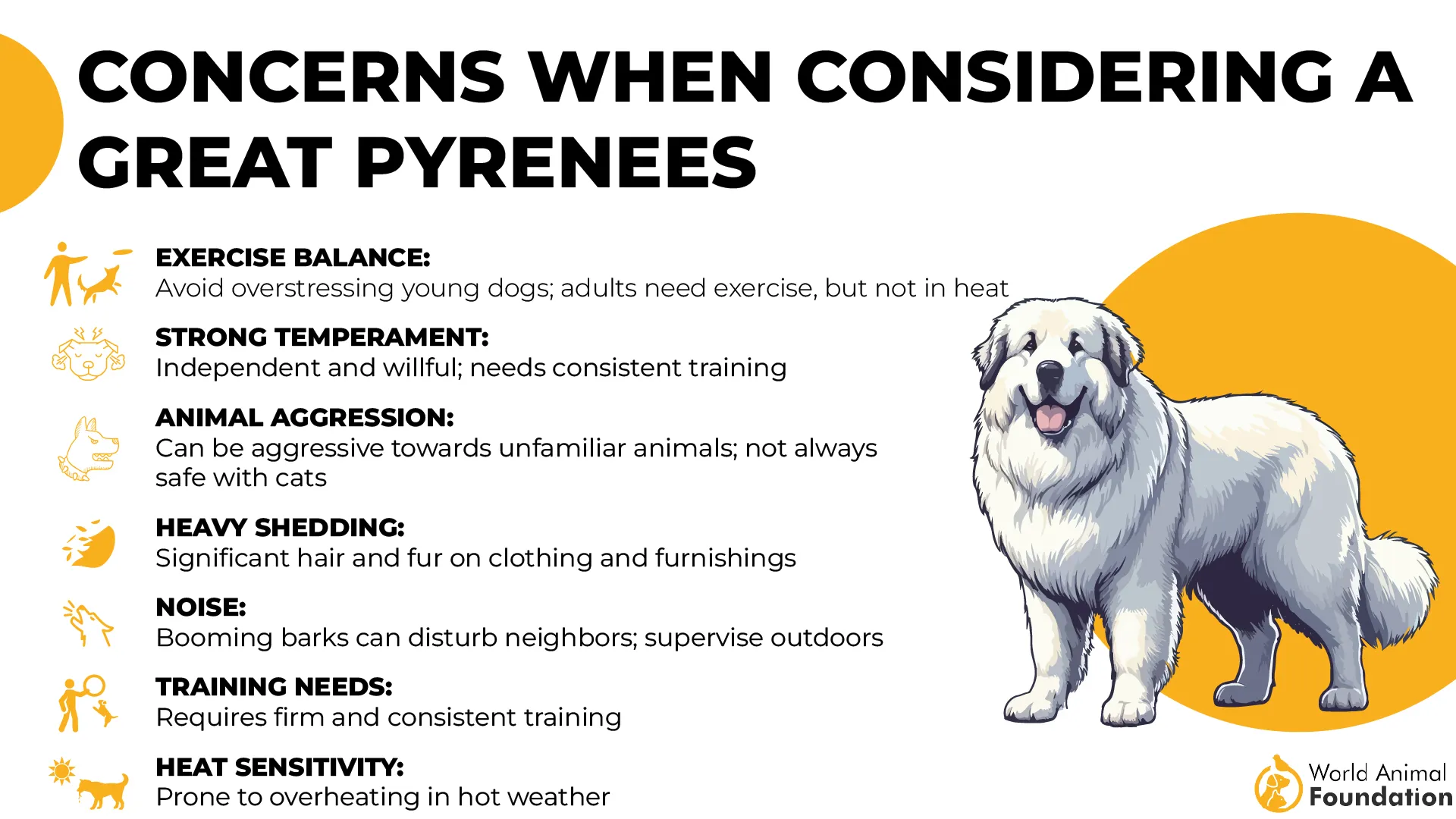
Pro Tip: Training a Great Pyrenees to manage their reactivity is key. They’ll need firm, patient leadership, but the reward is a loyal companion who will protect you and chill out with you during those rare moments of relaxation.
6. Border Collie
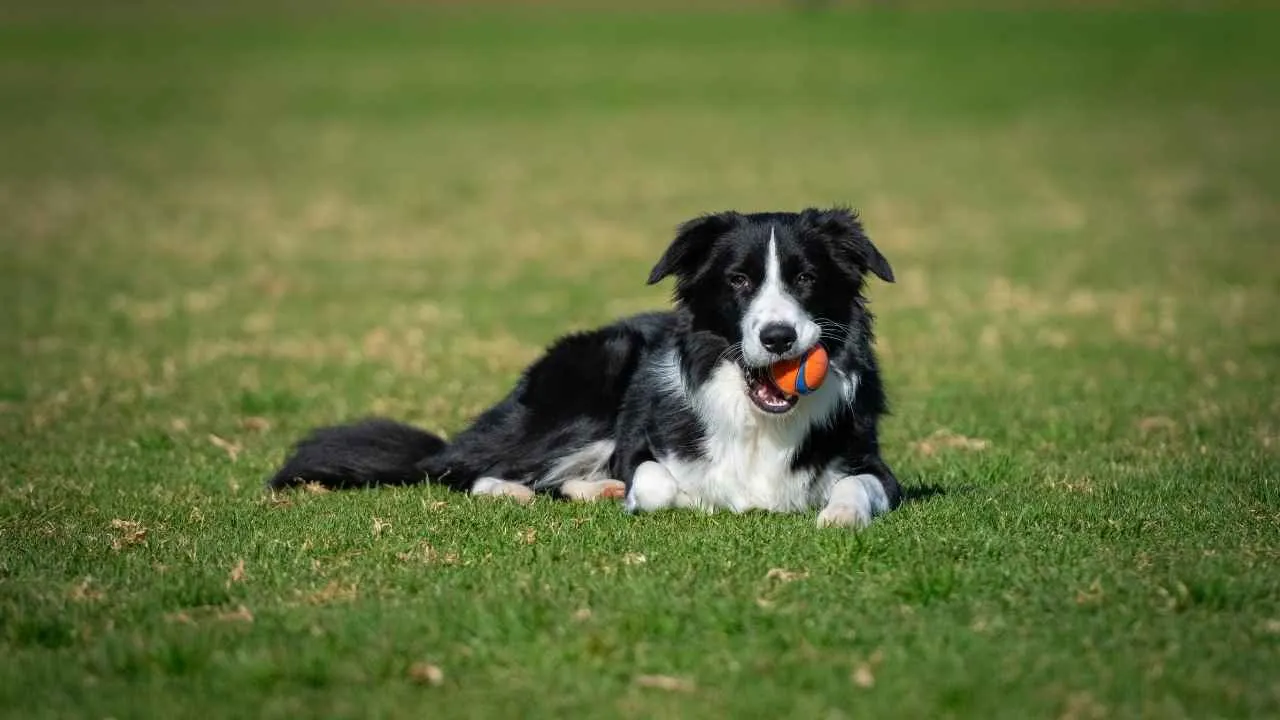
Ah, the Border Collie—the Einstein of the dog world. When it comes to reactivity, this breed is the ultimate multitasker. They’re constantly processing information, analyzing their surroundings, and figuring out how to respond to anything that might come their way.
With their boundless energy and sharp focus, these dogs excel at noticing even the most subtle changes in their environment. And when it comes to responding, they’re like a lightning bolt. Need help moving furniture? Just throw a Border Collie in the mix, and they’ll be directing traffic, herding the pillows, and making sure everyone stays in line.
Border Collies are generally a healthy and active breed, but like all dogs, they can be prone to certain health issues. To maintain their health, Border Collies need regular vet checkups, a balanced diet, plenty of physical exercise, and mental stimulation.
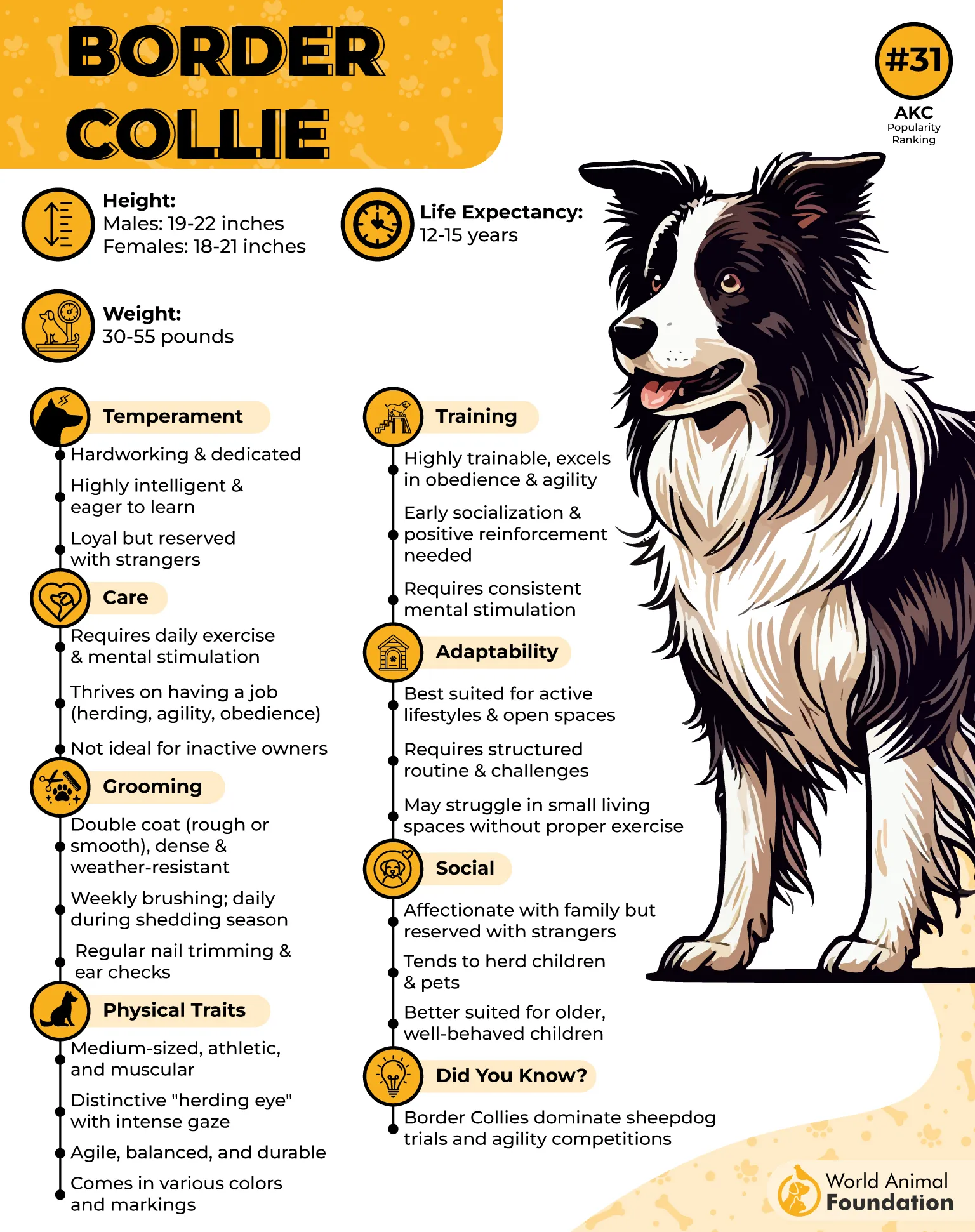
Fun Fact: Border Collies are so reactive and intelligent breed that they sometimes get bored easily. If they’re not mentally stimulated, they’ll find ways to entertain themselves—usually by rearranging your house, one shoe at a time.
Pro Tip: Border Collies thrive on mental and physical stimulation. Keep them busy, and they’ll happily tone down their reactivity. If left bored, however, you might find yourself with a “too-reactive” pup who’s gone a little rogue in the house.
7. German Shepherd
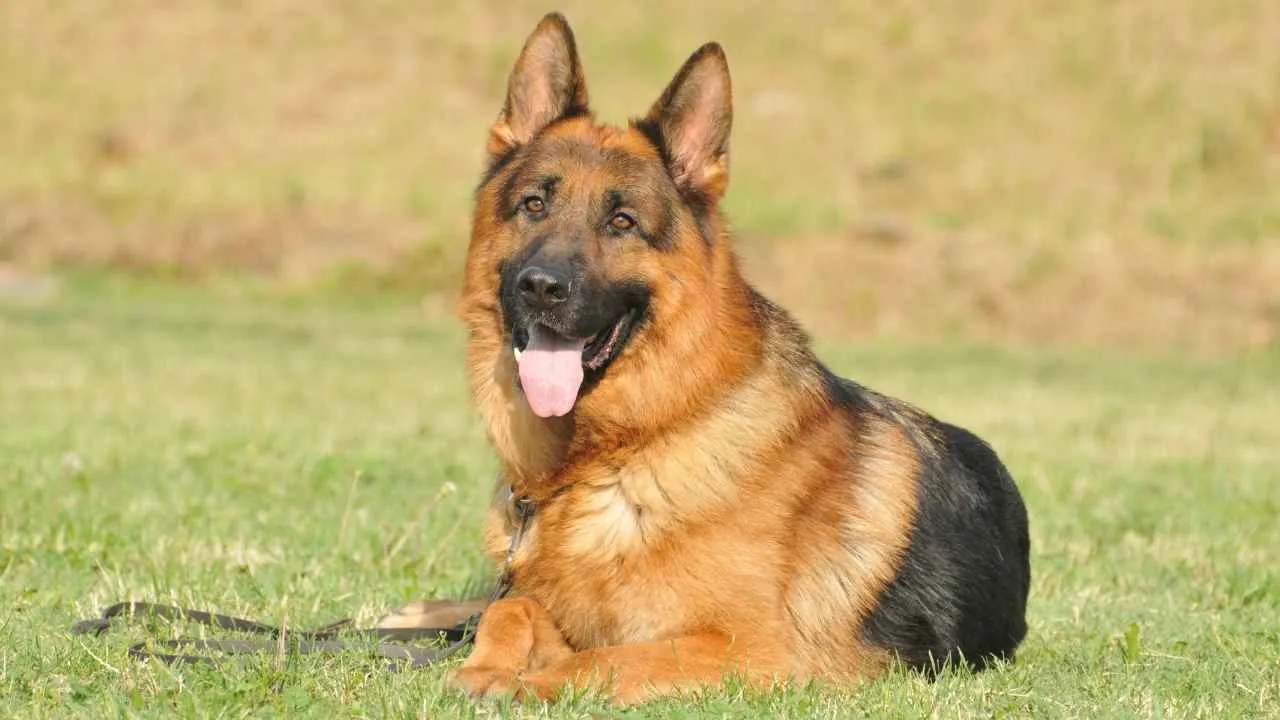
The German Shepherd is the epitome of “reactive” when it comes to dogs. This breed was designed for action, and they’ve got all the skills to prove it. Whether it’s guarding a home or working in police or military service, the German Shepherd is always on the alert.
This intelligent breed gets its eyes on everything, and if something seems off, you’ll be the first to know, usually with a sharp bark or two. Or, let’s be honest, maybe a whole series of them until they feel everything is under control.
The German Shepherd’s heightened reactivity stems from their strong protective instincts, intelligence, and drive. They’ll notice every movement, every sound, and will often be the first to spot something out of the ordinary. But don’t mistake their reactivity for nervousness. These dogs are calm, collected, and confident in their role as your protector.
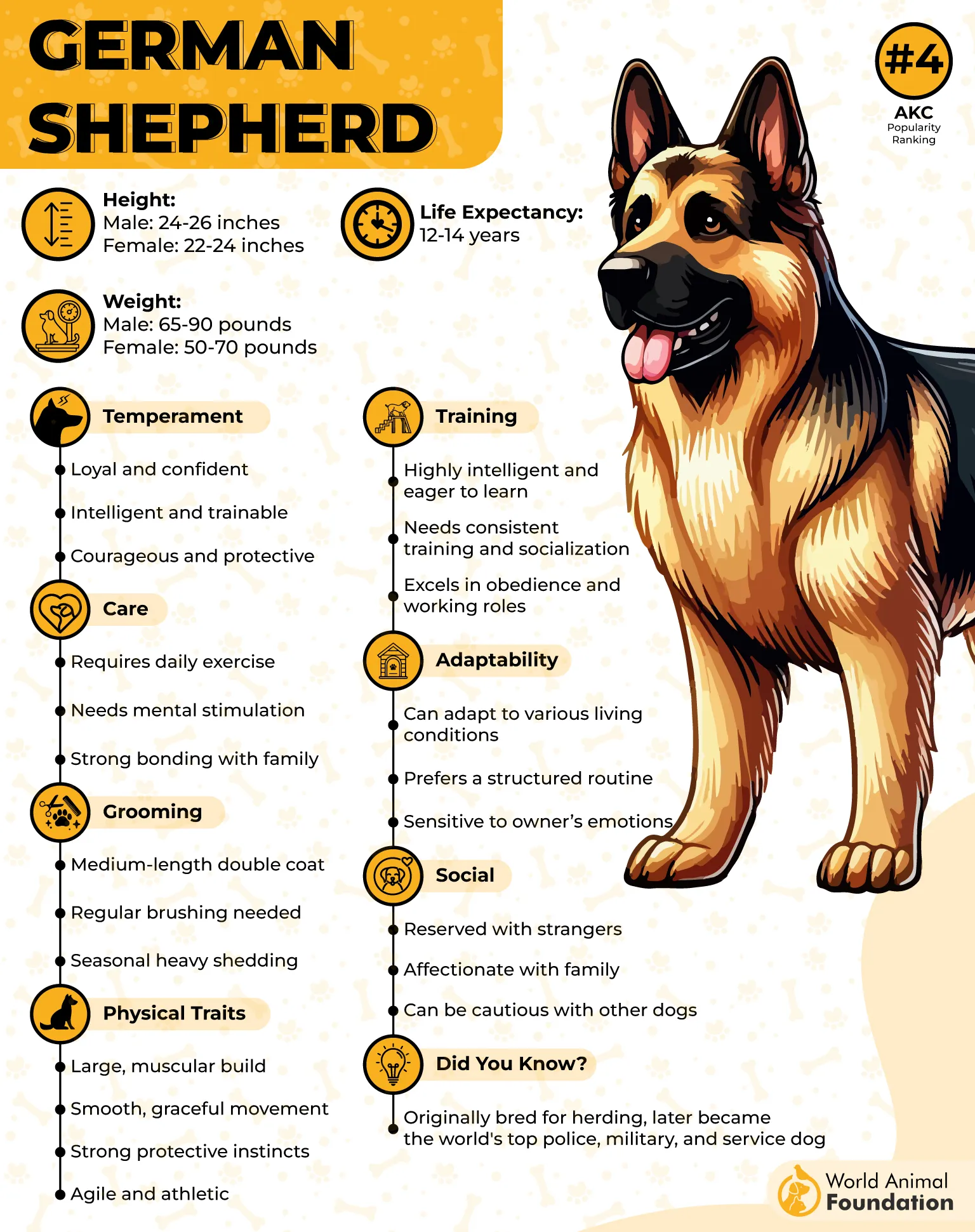
Fun Fact: Despite their intense alertness, German Shepherds are lovable goofballs at home. They’ll happily lounge around with you, but trust me, the second a squirrel dares to scamper by, they’re on it.
Pro Tip: With their reactivity, German Shepherds require firm, consistent training. If they sense a lack of leadership, they’ll take over the household—and trust me, they’re not shy about doing it!
8. Australian Shepherd
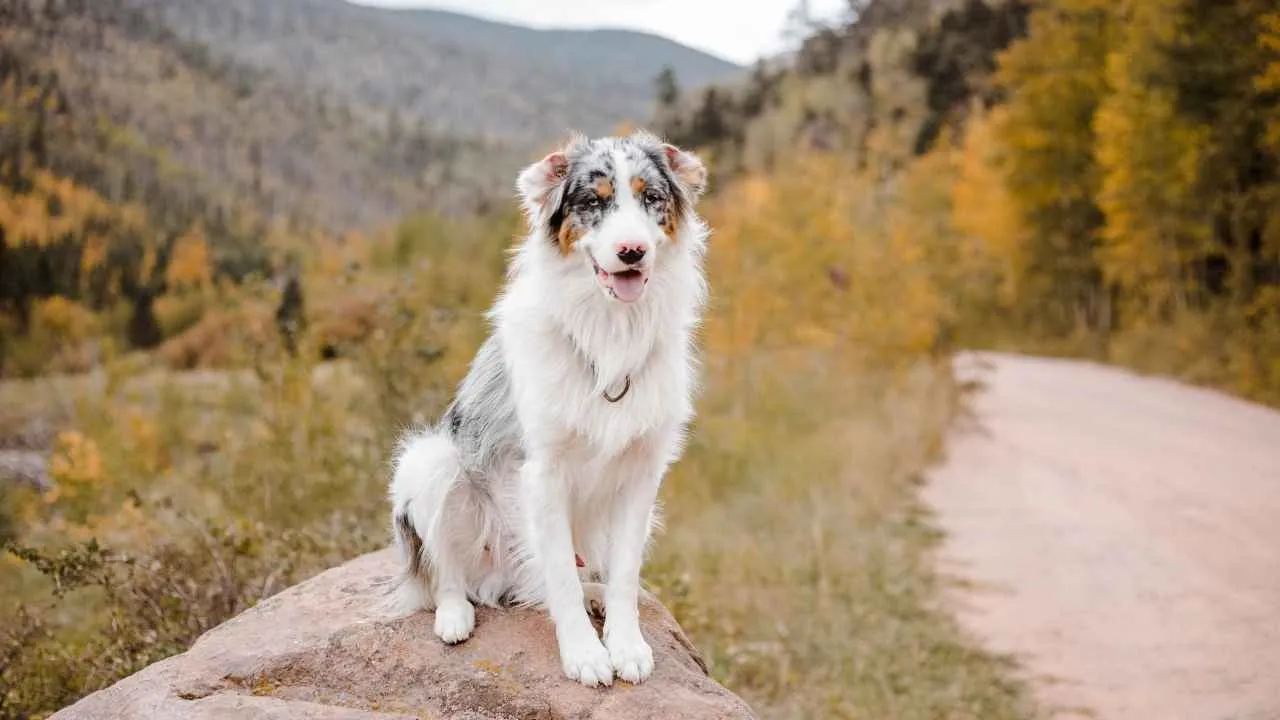
Next up, we’ve got the Australian Shepherd: a dog that could give the Energizer Bunny a run for its money. These dogs are always on the move, and their reactivity is just as fast-paced as their energy levels.
If you’ve got an Australian Shepherd, you’ll never be bored—they’ve got their eyes on everything, from the kids running around to the slightest movement in the yard. Whether it’s chasing after a ball, responding to a new sound, or just herding your family members (yes, even you!), this breed is constantly reacting to the world around them.
Australian Shepherds are known for their intelligence and work ethic, but that doesn’t mean they’re always calm about it. They’ll react to anything that catches their attention, and once they do, it’s game over. They’re always one step ahead of you, so be prepared for a dog that’s as quick to notice something as they are to react.

Fun Fact: If you leave your Australian Shepherd alone for too long, they might start herding the furniture. It’s a little weird, but they’re just doing their thing—keeping everyone in line.
Pro Tip: With their high reactivity, Australian Shepherds need a job to do. Whether it’s fetching, agility training, or just keeping an eye on the neighborhood, make sure they’re mentally stimulated. Otherwise, expect them to react to absolutely everything… including the empty spot where the tennis ball was.
9. Chinese Shar-Pei
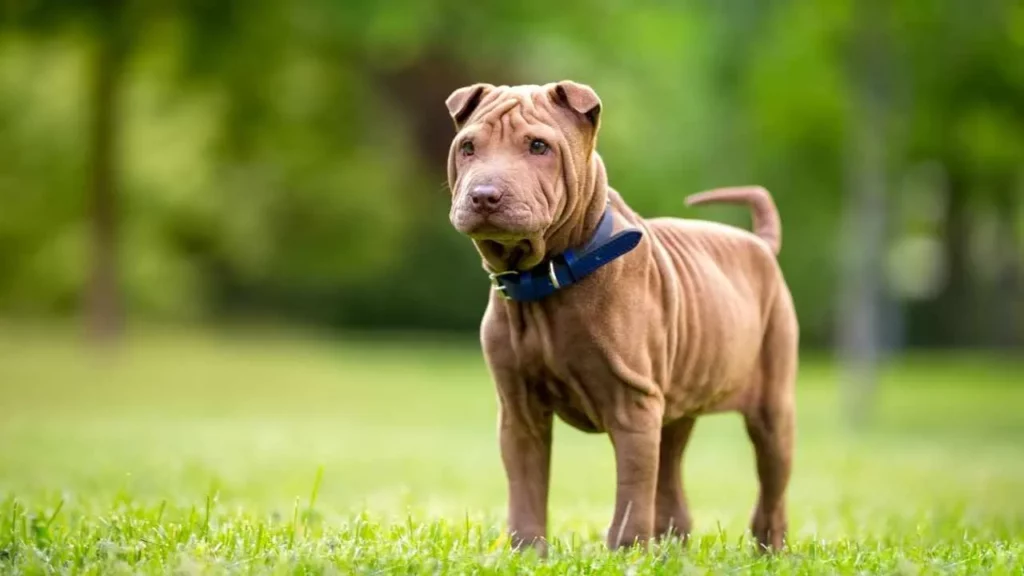
The Chinese Shar-Pei, with its trademark wrinkles and hippo-like face, is an unusual but highly reactive breed. Known for their aloof and independent nature, Shar-Peis aren’t the type to react to every little thing—but when they do, you’ll know.
These medium-sized dogs are extremely territorial and have an intense focus on their family’s well-being. If anything—even a squirrel—gets too close to their “zone,” they’ll react with a bark or growl that could make you think they’re guarding a treasure chest.
Shar-Peis might not always be as outwardly energetic as some other breeds, but don’t mistake that for a lack of alertness. These dogs are constantly surveying their surroundings, and their reactive instincts are more like a silent, watchful presence. If something seems suspicious to them, they’re quick to voice their concerns.
Fun Fact: Despite their intense watchfulness, Chinese Shar-Peis have a surprisingly calm demeanor once they trust you. Once they’re comfortable, you’ll find them lounging in the sun like a regal, wrinkle-covered lion.
Pro Tip: While the Shar-Pei is usually calm and quiet, their reactivity can be triggered by things they perceive as a threat. Early socialization and training can help prevent unnecessary barking or aggression, but don’t expect them to warm up to strangers easily. They’re all about loyalty to their inner circle.
Conclusion
Extremely reactive dog breeds often display dog’s behaviors that stem from a heightened emotional state, sensitive nature, or a history of being capable working dogs, such as British herding dogs or breeds once used in bull baiting. These aggressive dogs may show leash reactivity, defensive aggression, or other forms of dog aggression toward other dogs, other animals, or even other pets, depending on the dog’s triggers and environment.
While reactive behavior can be challenging for first-time dog owners and pet owners, it’s important to understand that a reactive dog requires patience, proper guidance, and a consistent positive reinforcement training program. Many dog owners misinterpret dog reactivity as simply dog aggressive behavior, but with the right reactivity dog training, a deep understanding of a dog’s body language, and even the help of a veterinary behaviorist, these dogs can overcome many unwanted behaviors.
Through proper socialization and managing reactivity, dogs learn to respond to triggers more calmly, even from a young age ,ultimately becoming more balanced and reliable canine companions. Understanding a dog’s specific needs and addressing their developed reactivity can make all the difference in turning a reactive pet into one of the most wonderful companions.


